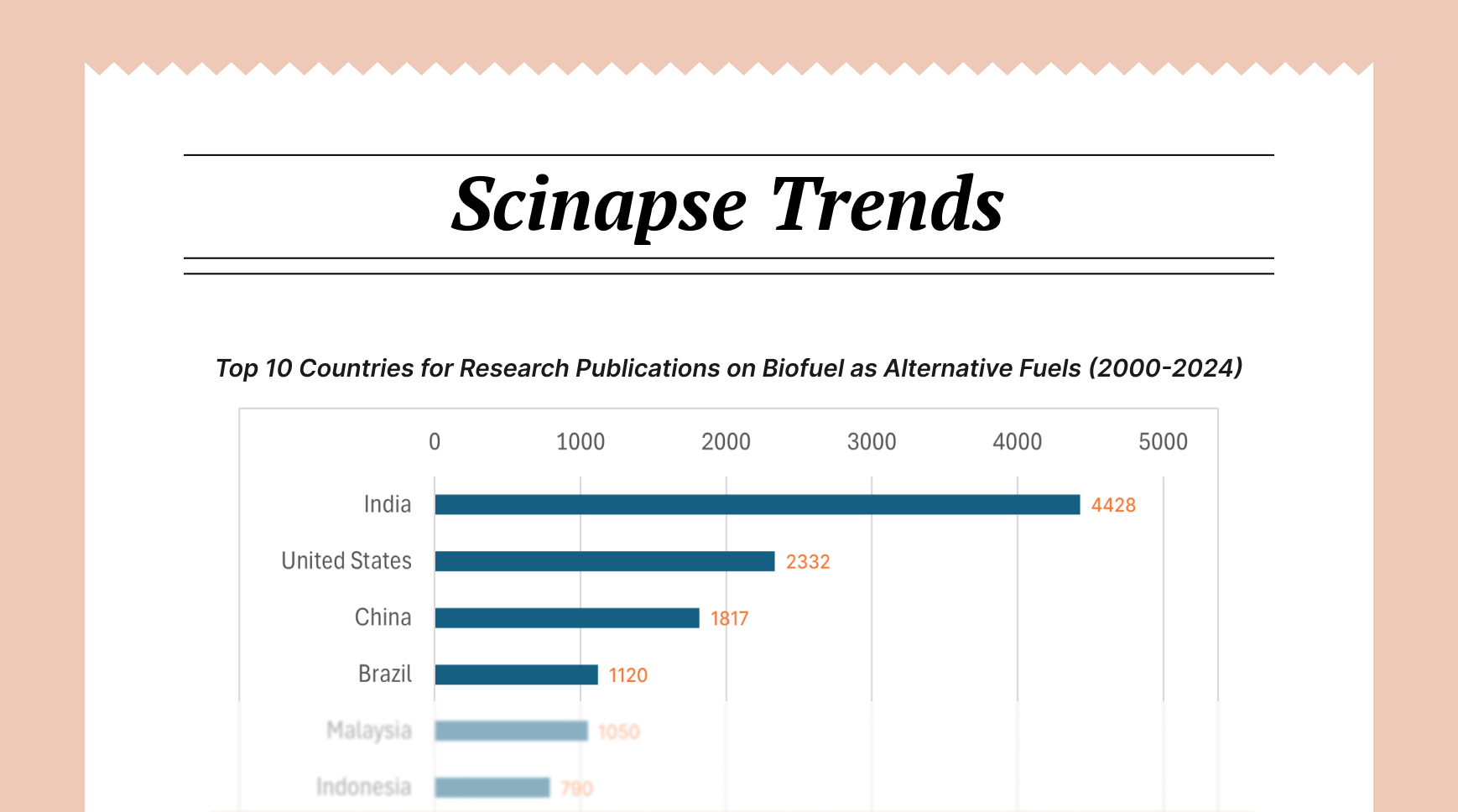Targeted Protein Degradation: Advancements in PROTACs, LYTACs, and Autophagy-Based Approaches (2020-2024)
Targeted Protein Degradation (TPD) Review: Advancements in PROTACs, LYTACs, selective autophagy, ER-phagy & therapeutic potential.
Introduction
Targeted protein degradation (TPD) has emerged as a powerful therapeutic strategy, offering the potential to eliminate disease-causing proteins rather than simply inhibiting their function. This mini-review focuses on recent advancements in TPD, specifically highlighting progress in Proteolysis-Targeting Chimeras (PROTACs), Lysosome-Targeting Chimeras (LYTACs), and autophagy-based degradation pathways over the past five years.
PROTACs and LYTACs: Expanding the Target Landscape
A significant area of advancement lies in the development and refinement of PROTACs and LYTACs. These heterobifunctional molecules induce protein degradation by hijacking the ubiquitin-proteasome system (UPS) or the autophagy-lysosome pathway, respectively.
PROTACs: The Wells Lab has made significant contributions to antibody-based PROTACs, demonstrating their efficacy in degrading cell-surface immune checkpoint proteins like PD-L1 (Adam D. Cotton et al., 2020, Journal of the American Chemical Society; Adam D. Cotton et al., 2021, Journal of the American Chemical Society). Their work has focused on optimizing these PROTACs for improved efficacy and broader applicability (Josef A. Gramespacher et al., 2022, ACS Chemical Biology). The Nie Lab has explored carbon-dot-based PROTACs for PD-L1 degradation and STING pathway activation in cancer immunotherapy (Wen Su et al., 2023, Angewandte Chemie International Edition).
LYTACs: Carolyn R. Bertozzi's Lab pioneered the development of LYTACs, initially focusing on targeting extracellular proteins for lysosomal degradation using the asialoglycoprotein receptor (Steven M. Banik et al., 2020, Nature; Green Ahn et al., 2020, Nature Chemical Biology; Green Ahn et al., 2021, Nature Chemical Biology). Subsequent research from the Bertozzi Lab has delved into the cellular determinants governing LYTAC-mediated degradation (Green Ahn et al., 2022, Science; Green Ahn et al., 2023, Science). Other groups have expanded on this concept, with the Han Lab developing bispecific aptamer chimeras (Yanyan Miao et al., 2020, Angewandte Chemie International Edition; Yanyan Miao et al., 2021, Angewandte Chemie International Edition) and covalent LYTACs using DNA aptamers for immune checkpoint degradation (Yuqing Li et al., 2023, Journal of the American Chemical Society). Zhi Zhu's Lab has also explored aptamer-LYTACs for targeted degradation of extracellular and membrane proteins (Yuqi Wu et al., 2021, Angewandte Chemie International Edition; Yuqi Wu et al., 2022, Angewandte Chemie International Edition; Yuqi Wu et al., 2023, Angewandte Chemie International Edition). The Wu Lab has developed multivalent aptamer-based LYTACs for mono- or dual-targeted protein degradation on the cell surface (Qiao Duan et al., 2024, Advanced Science). The Jiang Lab has explored harnessing the lysosomal sorting signals of the cation-independent mannose-6-phosphate receptor for targeted degradation of membrane proteins (Jinfeng Yu et al., 2023, Journal of the American Chemical Society). The Dong Lab has developed a co-assembly platform engaging macrophage scavenger receptor A for lysosome-targeting protein degradation (Qian Wang et al., 2024, Nature Communications). The Zhou Lab has developed transferrin receptor targeting chimeras for membrane protein degradation (Dingpeng Zhang et al., 2024, Nature).
These advancements demonstrate a trend towards expanding the targetable proteome and improving the delivery and efficacy of TPD strategies.
Selective Autophagy: Mechanisms and Regulation
Autophagy, a cellular process involving the degradation of cytoplasmic components through lysosomes, has also been a focus of intense research. Understanding the mechanisms and regulation of selective autophagy, where specific cargo is targeted for degradation, is crucial for therapeutic applications.
Selective Autophagy Receptors and Mechanisms: Terje Johansen's Lab has provided comprehensive reviews of the mechanisms of selective autophagy (Trond Lamark et al., 2020, Annual Review of Cell and Developmental Biology; Trond Lamark et al., 2021, Annual Review of Cell and Developmental Biology). Tamotsu Yoshimori's Lab has reviewed the mechanisms and roles of selective autophagy in mammals (Jose Norberto S. Vargas et al., 2021, Nature Reviews Molecular Cell Biology; Jose Norberto S. Vargas et al., 2022, Nature Reviews Molecular Cell Biology). Hitoshi Nakatogawa's Lab has identified Atg39 as a key player in selective autophagy of the nucleus (Keisuke Mochida et al., 2022, The Journal of Cell Biology). The Tooze Lab has shown that autophagosome membrane expansion is mediated by the N-terminus and cis-membrane association of human ATG8s (Wenxin Zhang et al., 2023, eLife). The Wollert Lab has shown that ATG16L1 induces the formation of phagophore-like membrane cups (Jagan Mohan et al., 2024, Nature Structural & Molecular Biology). The Martens Lab has investigated the role of ATG9 vesicles in autophagosome biogenesis (Elisabeth Holzer et al., 2024, Journal of Molecular Biology).
ER-phagy and ERAD: The endoplasmic reticulum (ER) is subject to quality control mechanisms, including ER-phagy (autophagy of the ER) and ER-associated protein degradation (ERAD). Pedro Carvalho's Lab has extensively reviewed the role of ERAD in organelle homeostasis (John C. Christianson et al., 2020, The EMBO Journal; John C. Christianson et al., 2021, The EMBO Journal; John C. Christianson et al., 2022, The EMBO Journal) and provided perspectives on ERAD mechanisms (Logesvaran Krshnan et al., 2021, Cold Spring Harbor Perspectives in Biology; Logesvaran Krshnan et al., 2022, Cold Spring Harbor Perspectives in Biology). Fulvio Reggiori's Lab has reviewed ER-phagy mechanisms and their connection to disease (Fulvio Reggiori et al., 2022, Physiological Reviews).
These studies highlight the complexity of selective autophagy and ER quality control, providing potential targets for therapeutic intervention.
Conclusion
The field of targeted protein degradation has witnessed significant progress in recent years. The development of novel PROTACs and LYTACs, along with a deeper understanding of autophagy mechanisms, offers promising avenues for treating a wide range of diseases. Future research should focus on improving the selectivity, delivery, and efficacy of these TPD strategies to realize their full therapeutic potential.
✨ About This POST
This mini-review post was generated through Scinapse. Scinapse provides reliable research trend analysis using citation analysis and AI technology.
Check out the trends in your field too!
Get started at https://scinapse.io


Comments ()